

William Stopford
The cars axed in 2025 that we'll miss the most
19 Hours Ago
It’s no longer just the car you recommend to friends and family members who don’t care about cars. The 2020 Toyota Corolla SX Hybrid has all the usual Corolla strong suits but is more enjoyable to drive and terrific value for money.
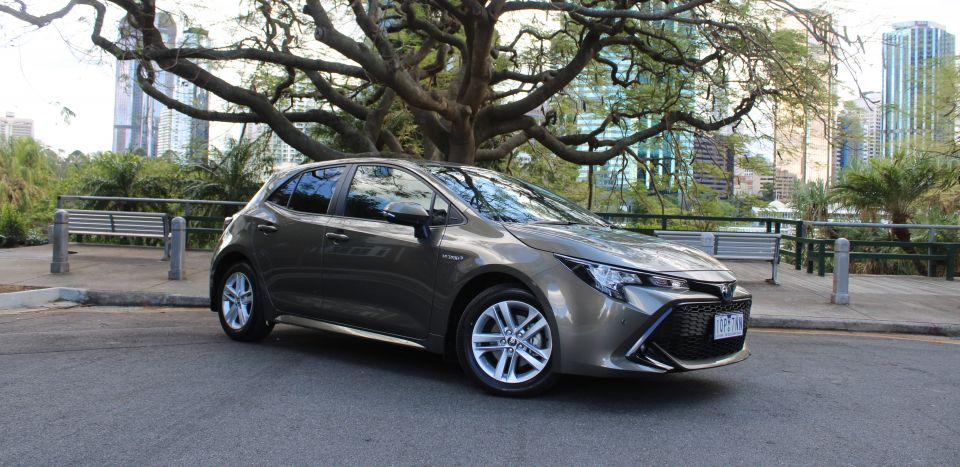
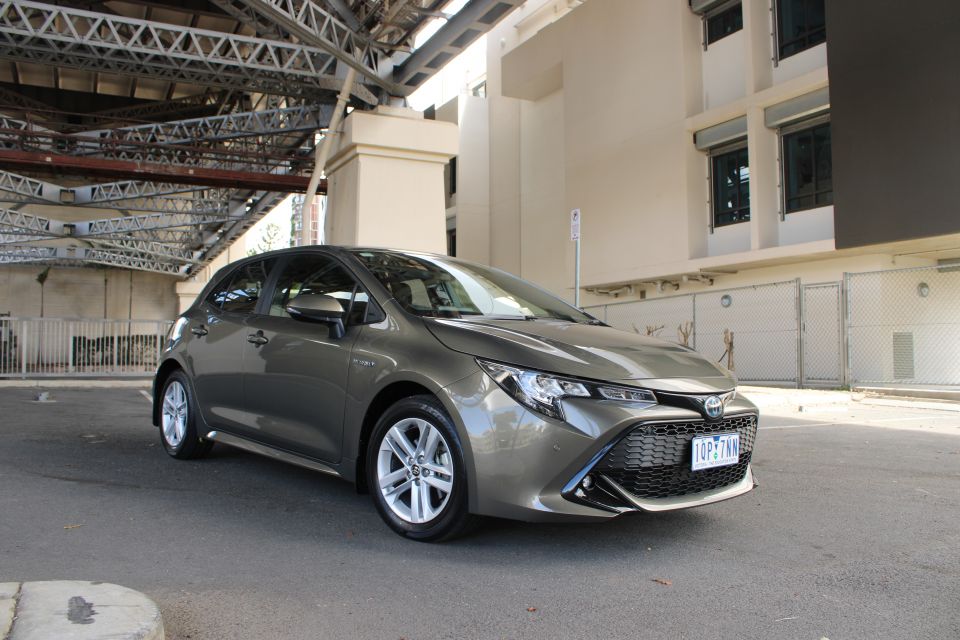

News Editor
New from
$23,335
excl. on-roads

News Editor
New from
$23,335
excl. on-roads


News Editor
New from
$23,335
excl. on-roads

News Editor
New from
$23,335
excl. on-roads
Quickly see how this car stacks up against its competition. Select any benchmark to see more details.
Where expert car reviews meet expert car buying – CarExpert gives you trusted advice, personalised service and real savings on your next new car.
You grip the chunky, leather-wrapped steering wheel and push down on the accelerator. The car quickly and effortlessly gets up to speed. With a turn of the wheel, you throw it into the tight hairpin bend, the car staying impressively flat. A smile grows on your face.
Ok, ok. So this isn’t exactly a Volkswagen Golf R. Nevertheless, you’re actually having some fun… in a Toyota Corolla. And not just any Corolla, one with a hybrid powertrain and a continuously-variable transmission (CVT).
What happened? Didn’t Corollas become deathly dull appliances years ago, once the old GTIs and rear-wheel drive Sprinters ceased to exist?
It’s true that for many years, the Corolla name was hardly synonymous with fun. But then Akio Toyoda became CEO of Toyota and issued a decree: Make Toyotas Fun Again.
And so, the Corolla is suddenly enjoyable to drive again after years of automotive journalists carping about how uninspiring it was. That’s great news for consumers, who continue to make the Corolla Australia’s best-selling small car. Unfortunately, Toyota has taken two steps forward but one big step back.

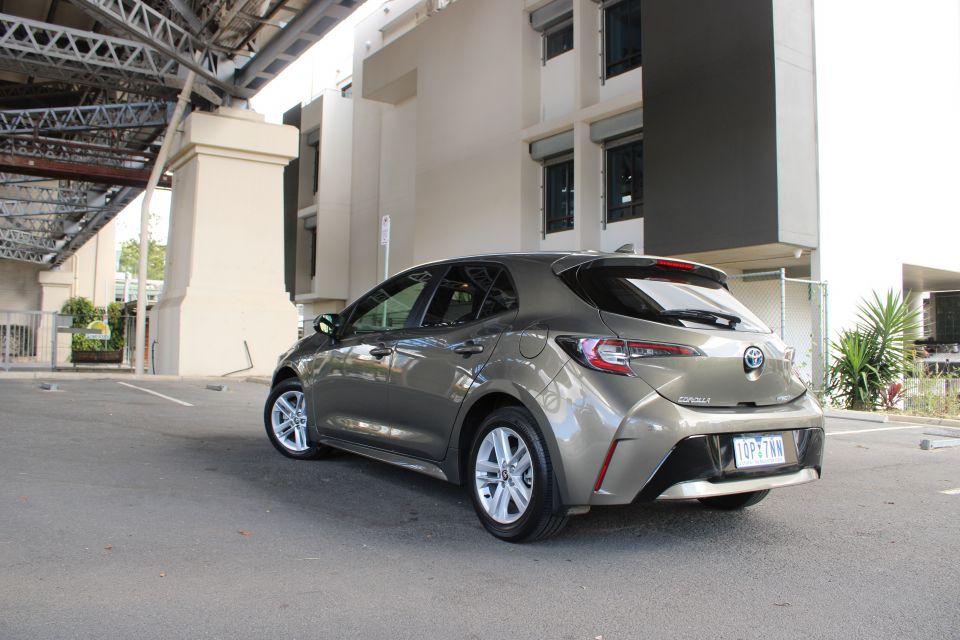
The Toyota Corolla SX Hybrid costs $29,735 before on-road costs, regardless of whether you choose the hatch or sedan. That’s $1500 more than the regular SX.
You won’t find any other hybrids under the $30k mark, with the cheapest Hyundai Ioniq and Subaru XV hybrids costing around $5000 more.
You also won’t find any hybrid variants, period, of Australia’s other three best-selling small cars: the Hyundai i30, Kia Cerato and Mazda 3.
Metallic paint is a $500 option. Our tester’s Oxide Bronze is a classy shade but Eclectic Blue is easily the most eye-catching of the Corolla’s palette.
The bold blue also better complements the twelfth-generation Corolla’s styling, which is curvaceous and expressive. It’s also got a pert little rear, though there’s not much to grab onto – more on that later.
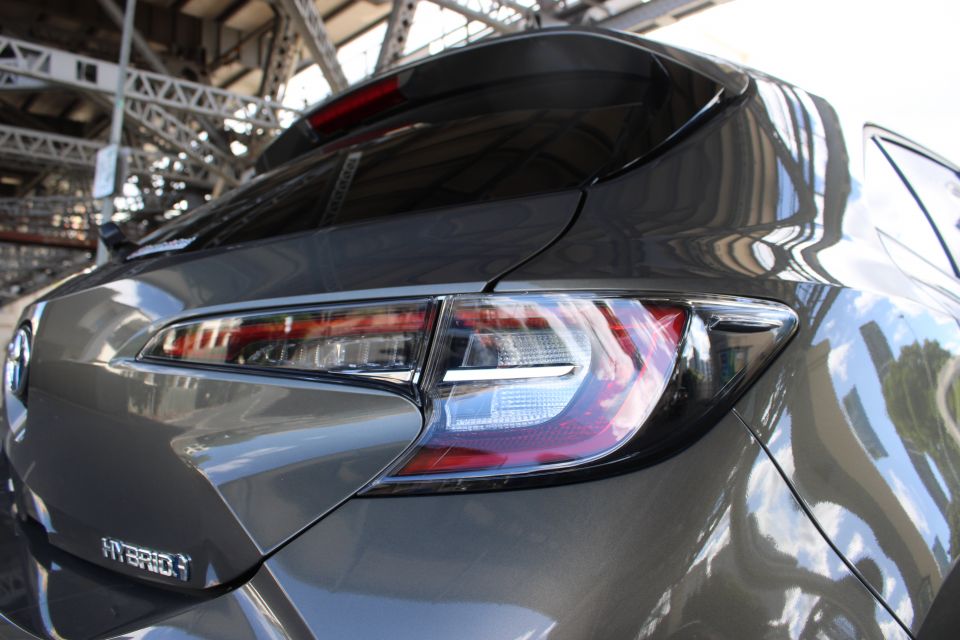

Buy your new car without the stress. It's fast, simple and completely free.

Great service from Travis and team, second time I have used this business would not hesitate to recommend them to anyone
Craig C.
Purchased a Ford Ranger in Sunshine Coast, QLD
CarExpert helped Craig save thousands on his Ford Ranger, now let us save you on your next new car.
Find a dealThe SX is the mid-range trim level in the Corolla range, bookended by the Ascent Sport and ZR. All three trim levels are available with either a regular petrol or a hybrid powertrain.
Toyota is hardly skimping on features, either. The base Ascent Sport already offers an 8.0-inch touchscreen infotainment system with Apple CarPlay and Android Auto, as well as adaptive cruise control, lane-keeping assist, a reversing camera, 16-inch alloy wheels, and automatic bi-LED headlights.
The SX adds satellite navigation, DAB+ digital radio, a leatherette-wrapped steering wheel and a wireless charging pad inside. There’s also proximity entry with push-button start, plus LED fog lights and front and rear parking sensors.
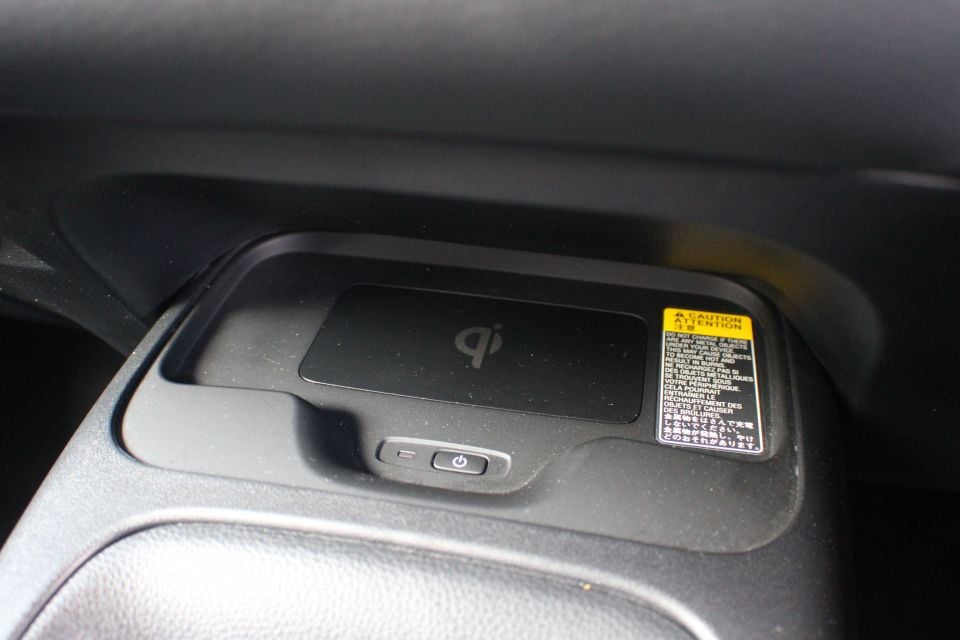
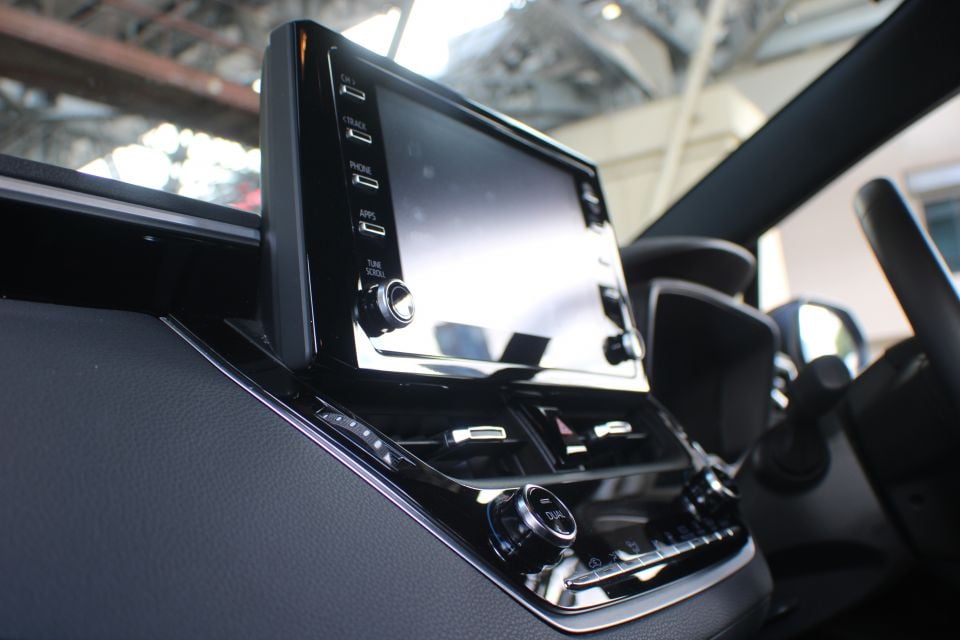
Even more importantly, there’s standard blind-spot monitoring and rear cross-traffic alert.
Unless you’re really keen on leather trim and want a better sound system than the SX’s six-speaker unit, the ZR’s $3900 premium arguably isn’t worth it.
For such a well-equipped car, though, there’s one baffling omission from the SX: rear air vents. To get them, you’ll need to choose the range-topping ZR.
In terms of standard equipment, the SX Hybrid lines up nicely with the Mazda3 G20 Touring, Kia Cerato Sport+ and Hyundai i30 Elite, all of which cost between $28,000 and $31,000 before on-road costs when equipped with automatic transmissions.
The Mazda3 and the i30 have standard leather upholstery and the Cerato boasts heated front seats, but none of them have a powertrain as efficient as the Corolla Hybrid’s.
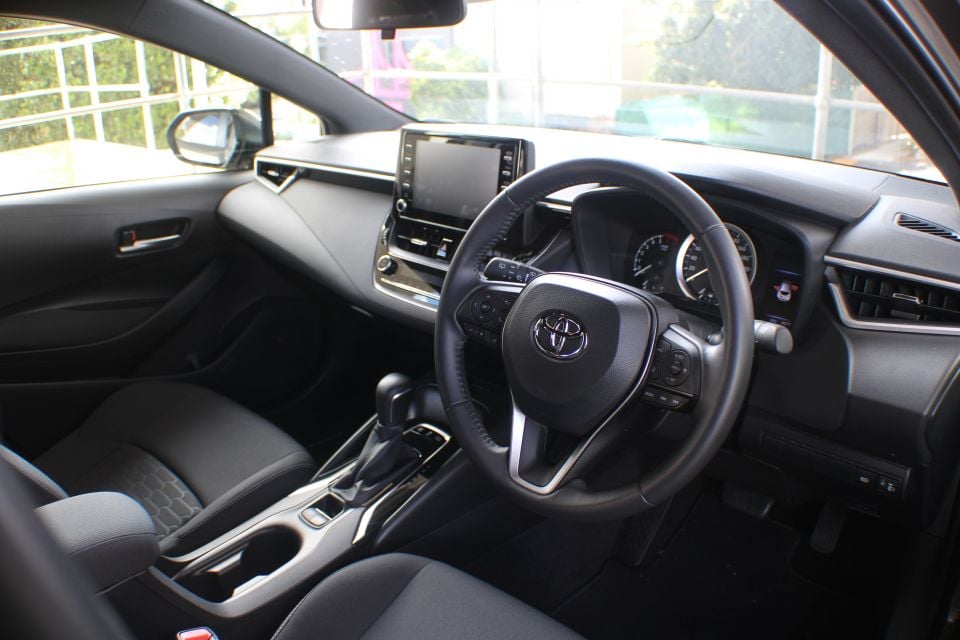
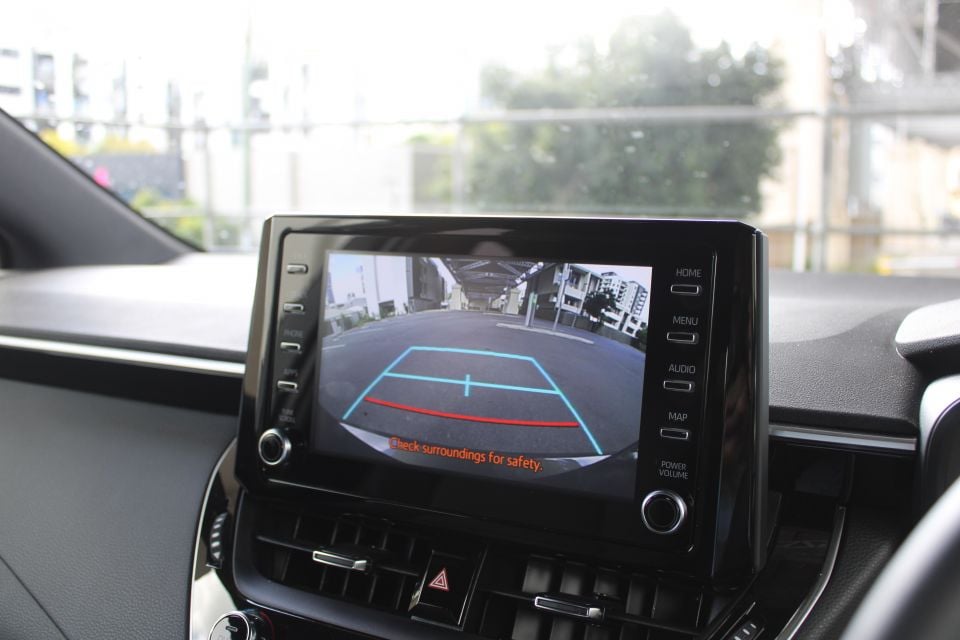
When the Toyota Corolla was tested by ANCAP in 2018, it received a rating of five stars. That was based on an impressive 96 per cent score for adult occupant protection, as well as scores of 83 per cent in child occupant protection, 86 per cent in vulnerable road user protection, and 76 per cent in safety assist.
All 2020 Toyota Corollas feature autonomous emergency braking with forward-collision warning and pedestrian and cyclist detection. The warning and the emergency braking work at speeds between 10 and 180km/h for other vehicles and 10 to 80km/h for pedestrians and cyclists.
You’ll also find blind-spot monitoring, rear cross-traffic alert, seven airbags (front, front-side, curtain and driver’s knee) plus lane-keeping assist.
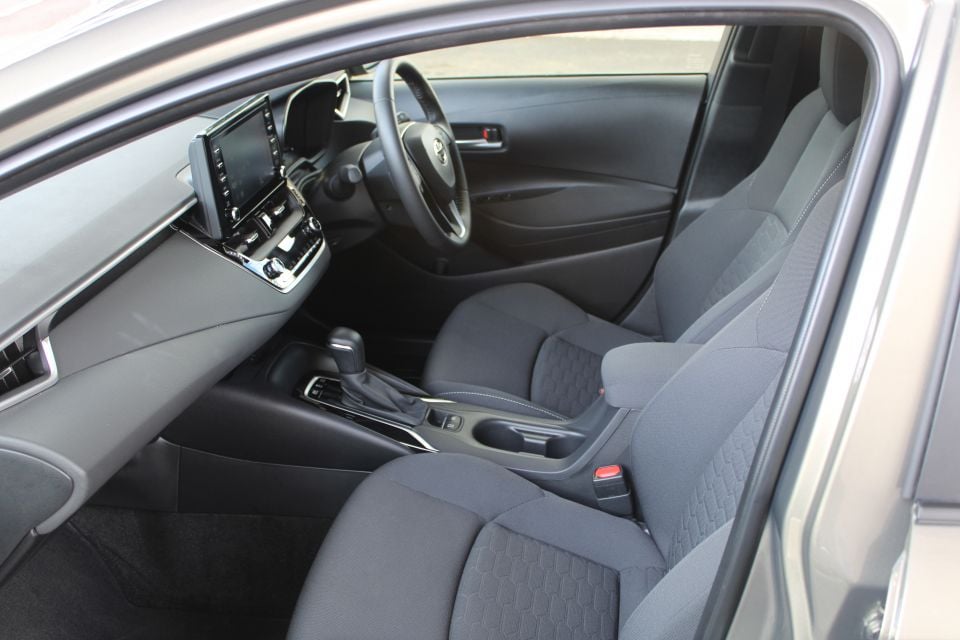
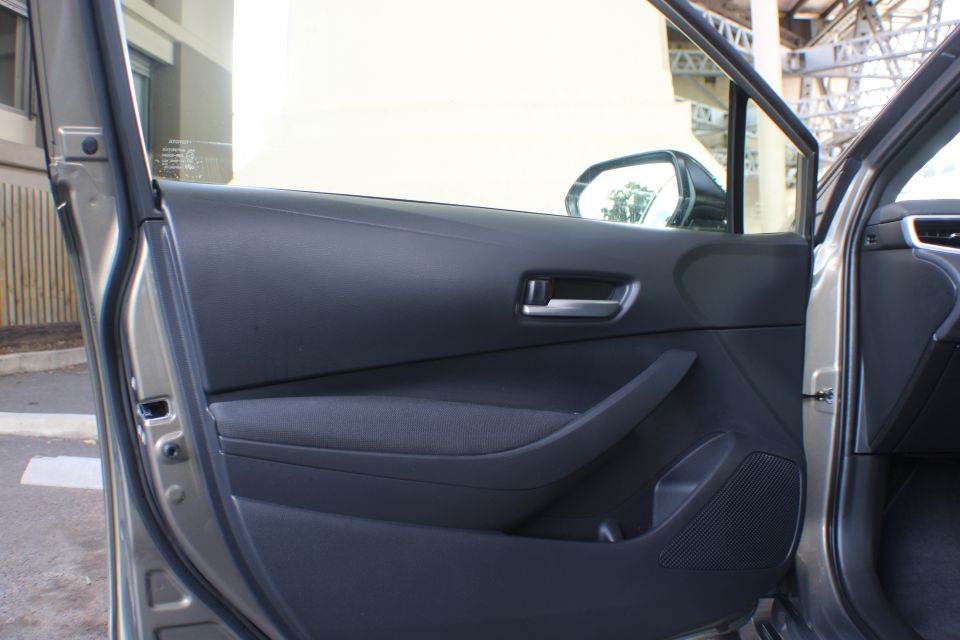
The Toyota Corolla’s dashboard design is funky and fresh yet satisfyingly ergonomic.
Tactile soft-touch plastics are used on much of the dashboard, though harder material is used on the centre console and the door trims. That’s hardly unusual for the class and everything is still assembled with the high standard of build quality you’d expect from a Toyota.
The 8.0-inch touchscreen is situated nice and high and features some redundant buttons on either side for switching between screens.
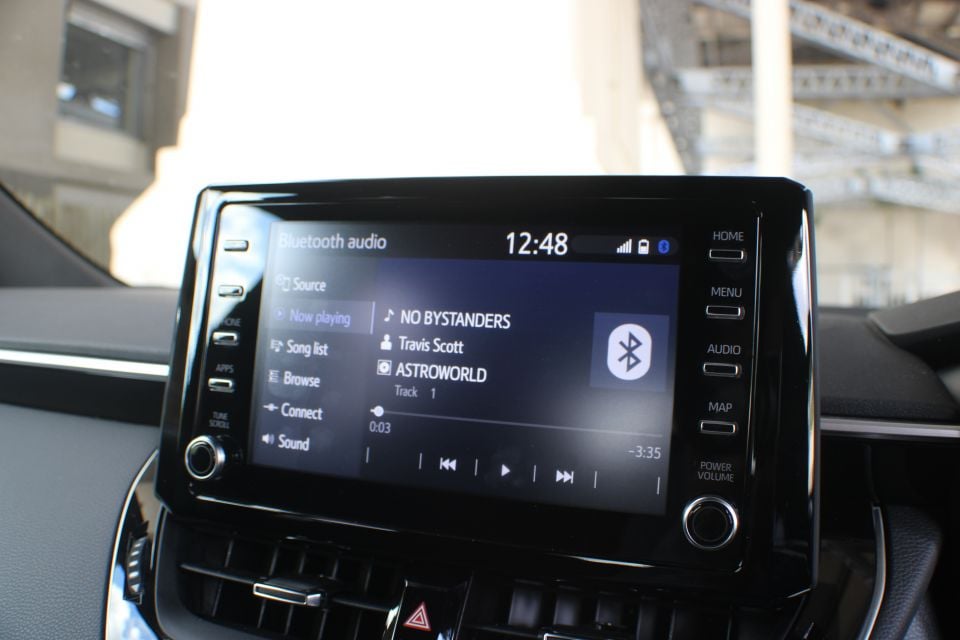
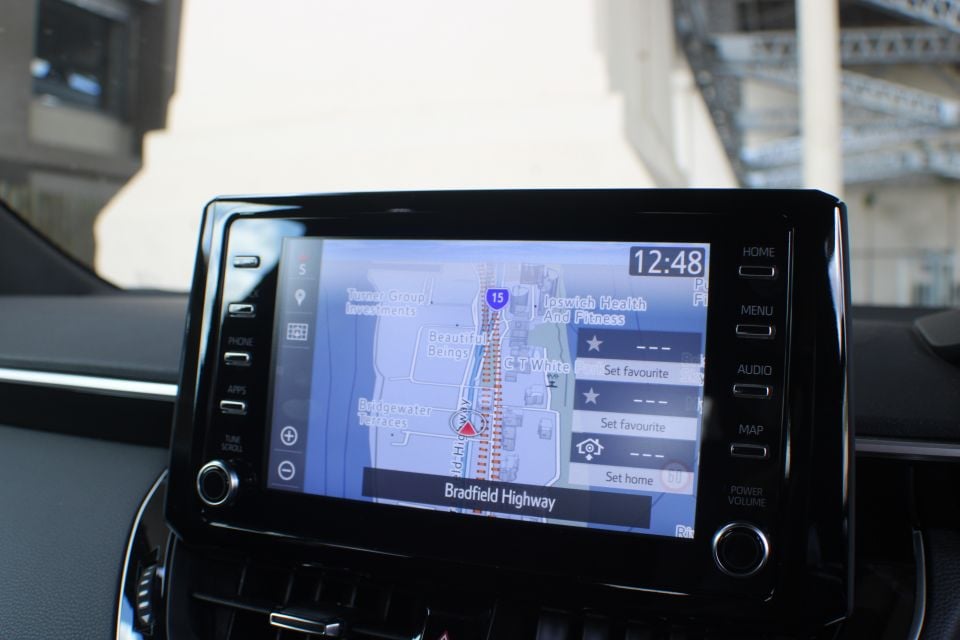

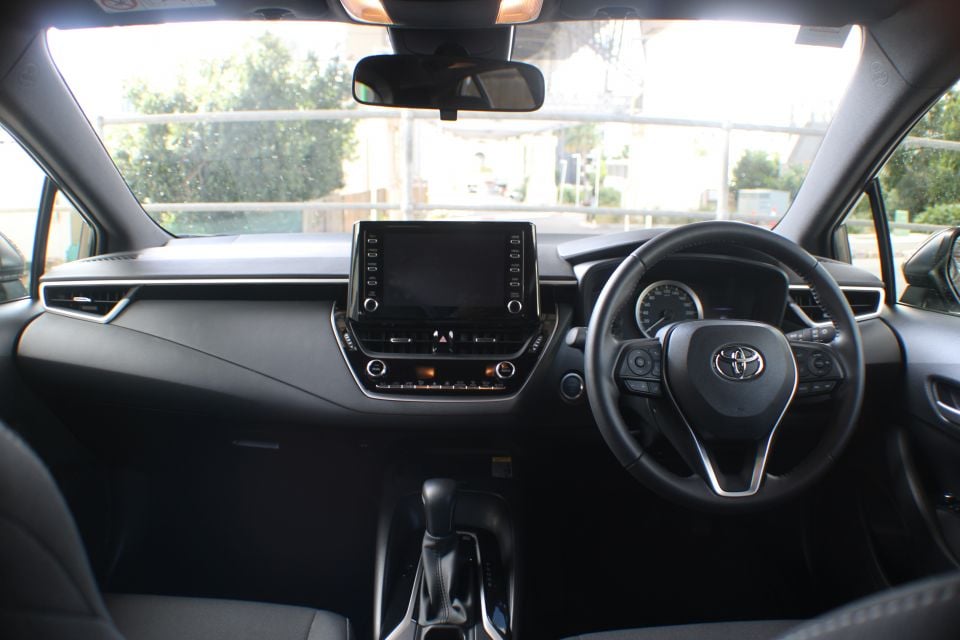
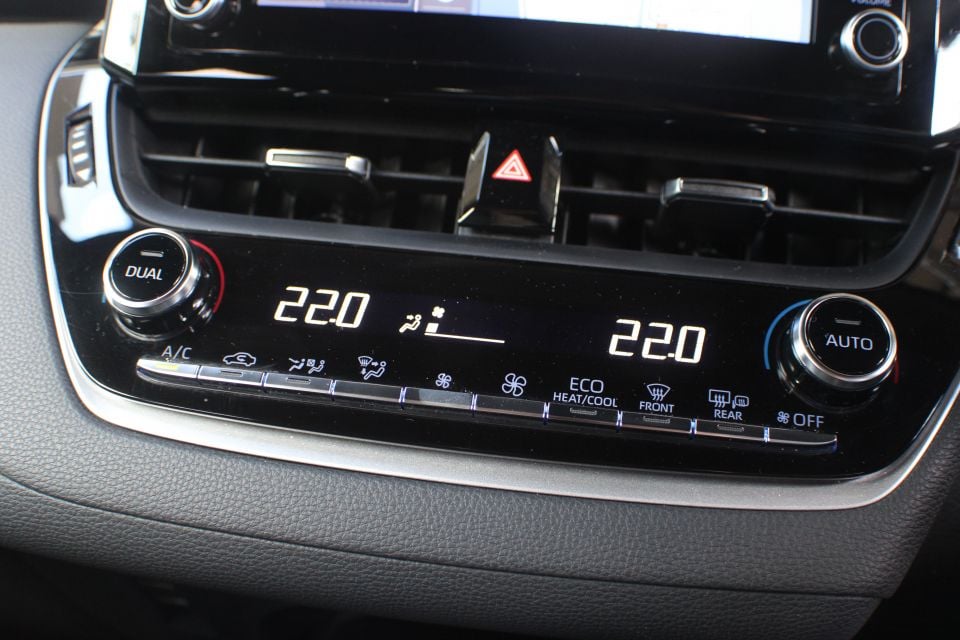
It’s a pretty straightforward system and there are some nice touches, like four programmable contact shortcuts on the home screen – a modern-day speed dial, if you will. The navigation system’s graphics are a bit cluttered, as is common on many vehicles, but the recent addition of Apple CarPlay and Android Auto renders that a moot issue.
Below the touchscreen and air vents is a row of nicely-damped, metal-look buttons for the dual-zone climate control, bracketed by two tactile knobs.
The design is so attractively minimalist, it has you wondering how other cars’ switchgear takes up so much real estate. The Corolla’s interior would also lend itself to a funkier colourway but, alas, the SX is only available in black-on-black. The ZR is available with some red accenting, though.
Piano black accents are used for contrast but, fortunately, aren’t used anywhere where they’ll accumulate a lot of smudges. There’s also some cloth trim on the elbow rests in the doors and the lid to the centre console bin, though it’s a bit office chair-esque in appearance.
Speaking of cloth trim, we had no complaints about the comfort of the seats or their upholstery.
There’s no storage nook or USB outlets at the base of the centre stack like in some cars, though you can rest your phone on the wireless charging pad, in the cupholders, or in the centre console bin.
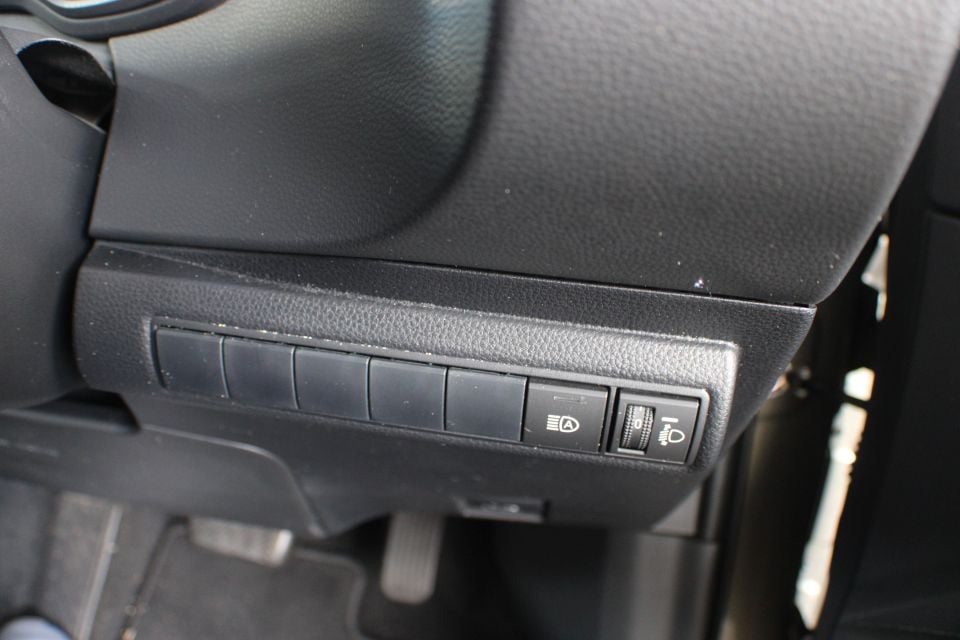
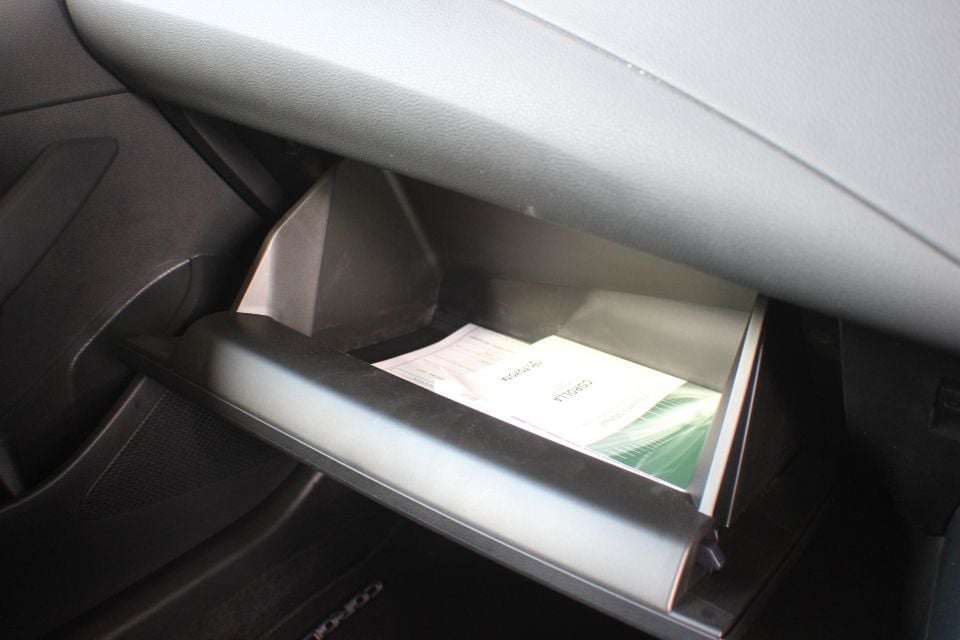



The Corolla’s lone dash-mounted USB outlet is hidden out of sight near the glove compartment handle. You’ll find another in the centre console bin, however, next to a 12V outlet.
While assembly quality is hard to fault, there are a couple of pieces that could be nicer. The glove compartment door, for example, feels a little flimsy. So too does the button on the shifter, which is unfortunate as it’s a piece you’ll touch multiple times on every drive.
These are minor bugbears. What’ll be of more concern to buyers is the rear seat space.
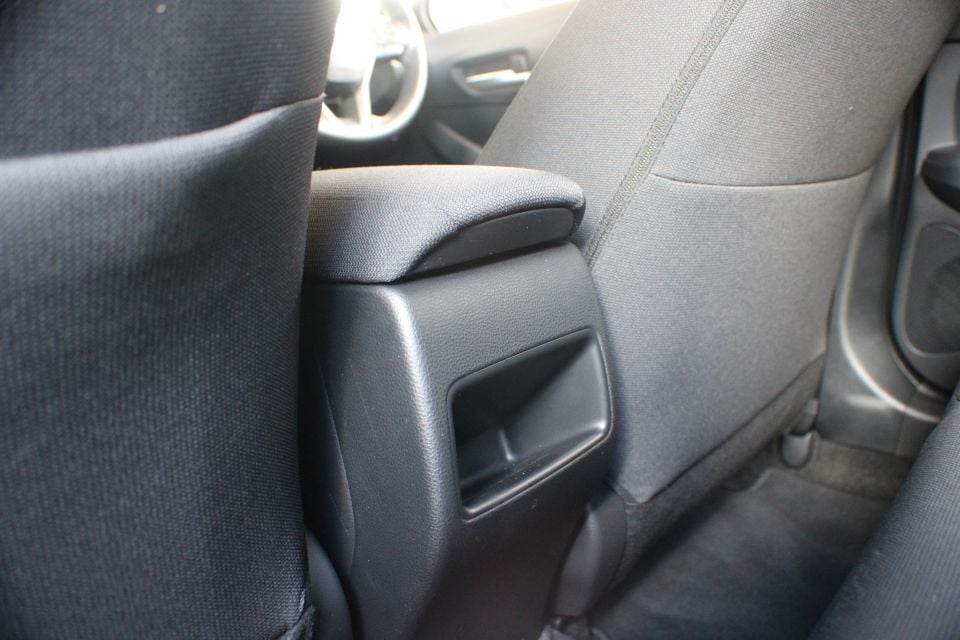
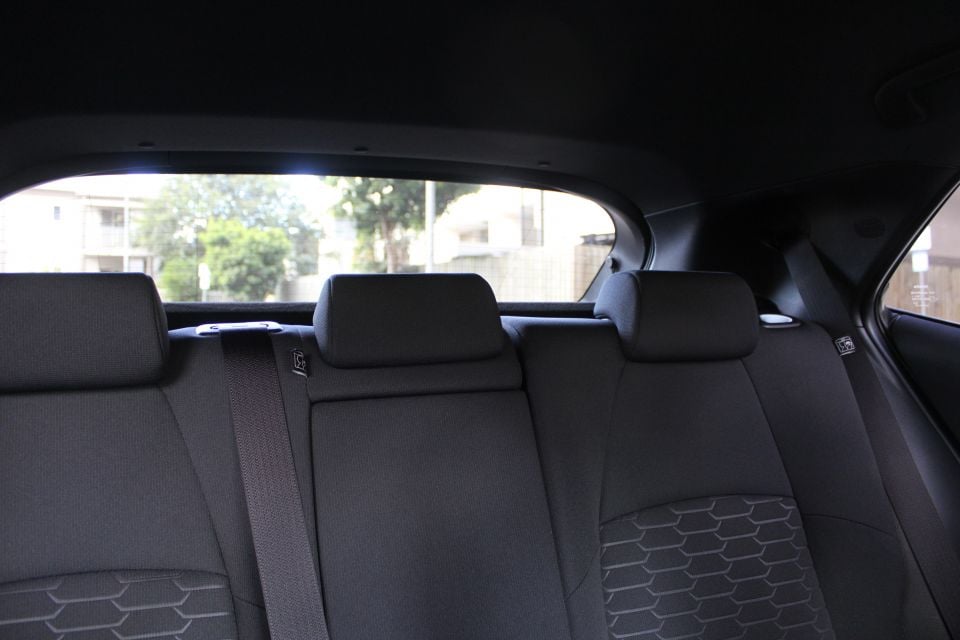
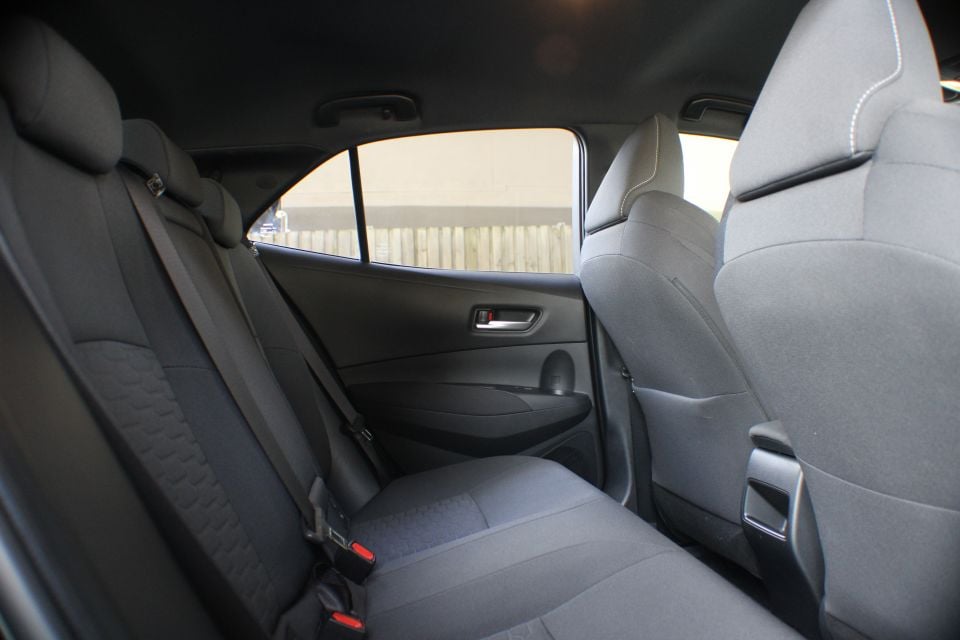
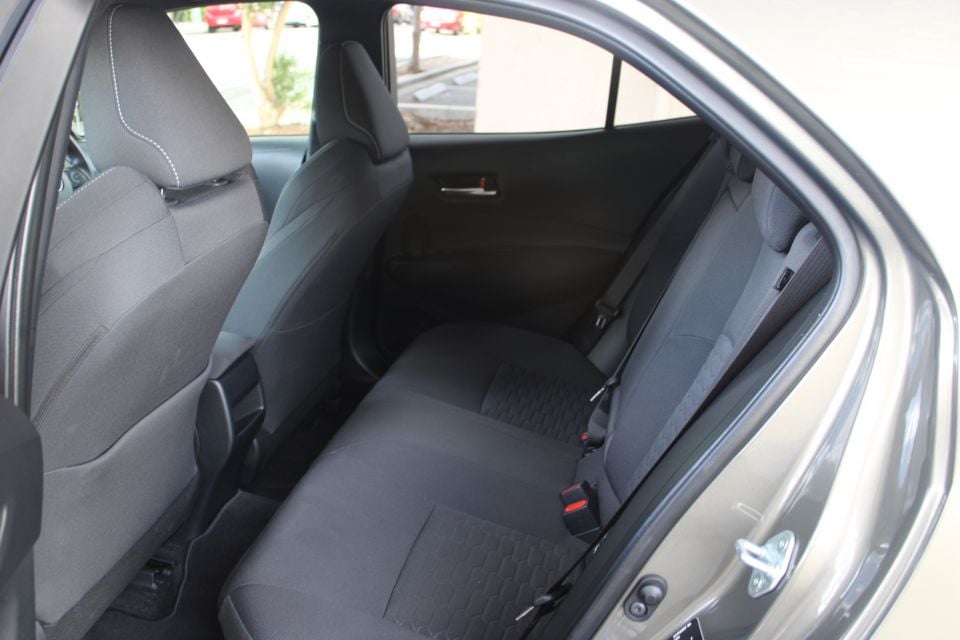
In short, it comes up short. Headroom is worse than up front, where the roof of the cabin is noticeably higher. It’s still adequate but you’ll feel a little hemmed in back here, particularly if you’re 180cm or taller and sitting behind a similarly-sized person.
The front seatbacks are upholstered and scooped out to improve knee room but toe room is lacking. There are also no amenities whatsoever – no air vents and no USB or 12V outlets. A Kia Cerato, in comparison, feels almost palatial.
For many passengers, it’ll feel just fine but it’s worth comparing with rivals if, for example, you have some gangly teens. If your kids are more Play School than high school, you’ll find three top-tether and two ISOFIX anchor points for their child seats.


If rear seat accommodation is a bit disappointing, the boot will leave you crestfallen. Cargo volume in the Corolla hatchback is a paltry 217L. It’s a little (116L) better in the ZR Hybrid hatch, but that’s only because the temporary spare is replaced with a tyre repair kit.
Most cars in this segment feature a torsion-beam rear axle. Some rivals, such as the Ford Focus and Mazda3, have actually switched to this after years of offering independent rear suspension. Their manufacturers have cited the packaging benefits of a torsion beam, which is situated down low and theoretically frees up more cargo space.
Toyota, conversely, has switched from a torsion beam to an independent, multi-link rear suspension to help the Corolla’s dynamics. Unfortunately, that and more expressive styling means it’s lost 143L of boot space compared with the last Corolla hatch. Its 217L is notably worse than the Cerato hatch (428L), i30 hatch (395L) and even the rakish Mazda3 hatch (295L).
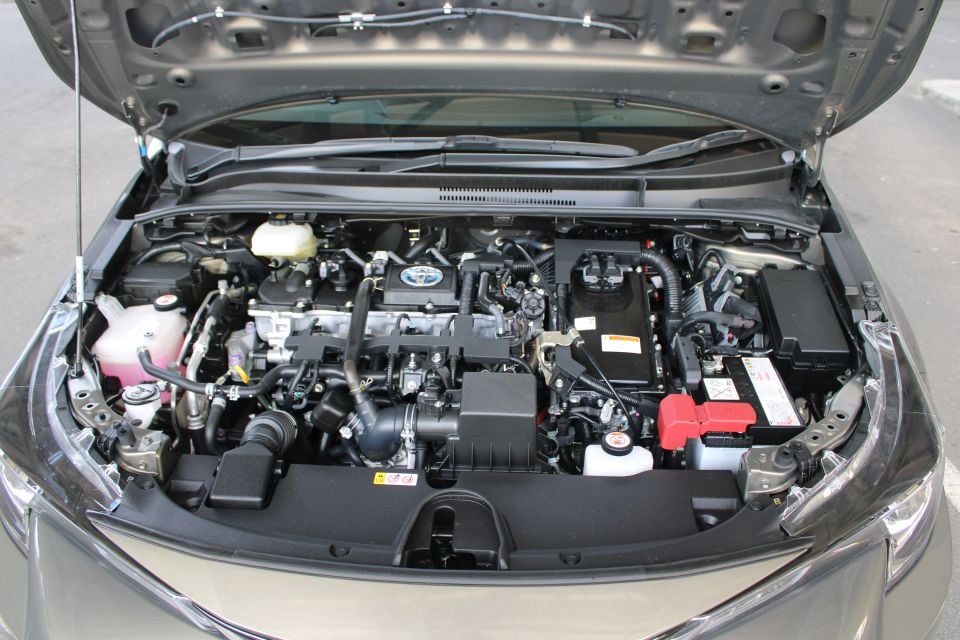
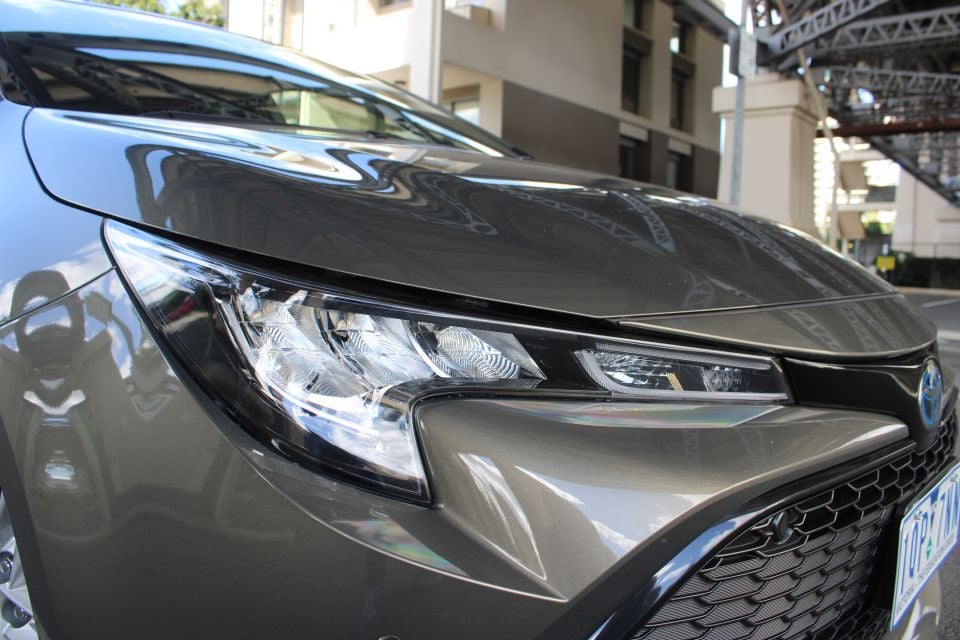
The Corolla Hybrid features a 1.8-litre Atkinson cycle four-cylinder petrol engine producing 72kW of power and 142Nm of torque, mated to a nickel-metal hydride battery and two electric motors. The main drive motor produces 53kW of power and 163Nm of torque.
Toyota quotes a combined system output of 90kW, though doesn’t provide a combined torque figure.
Power is delivered to the front wheels via an electronic continuously variable transmission (e-CVT).
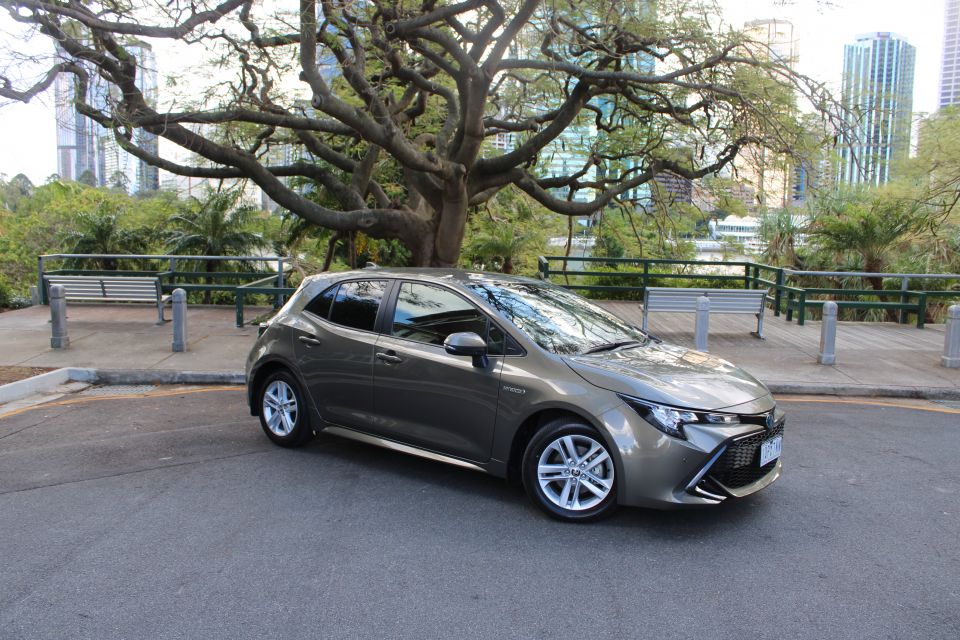
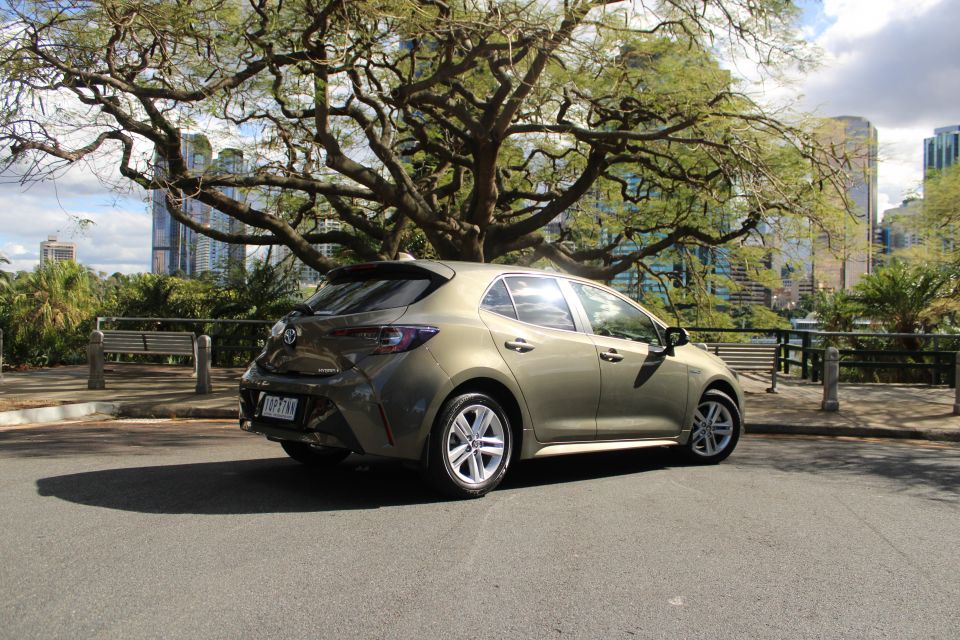
Toyota has instilled just enough sparkle in its latest products to satisfy drivers without alienating any of its core constituencies.
The steering in the Corolla Hybrid, for example, is still quite light and ideal in urban driving and parking. However, it’s also satisfyingly precise.
Refinement levels, too, are high. The Corolla Hybrid seamlessly transitions from electric to petrol power, while the e-CVT keeps power flowing smoothly. Ride quality is also hard to fault, the Corolla smoothing out the ruts and imperfections of most roads, though the Corolla’s suspension can crash over the occasional manhole cover.
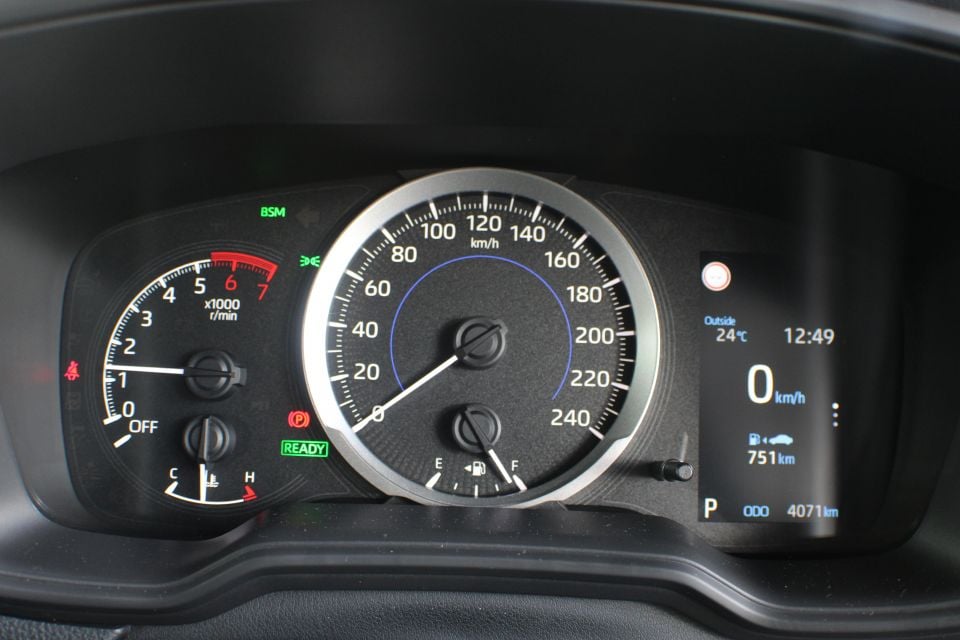
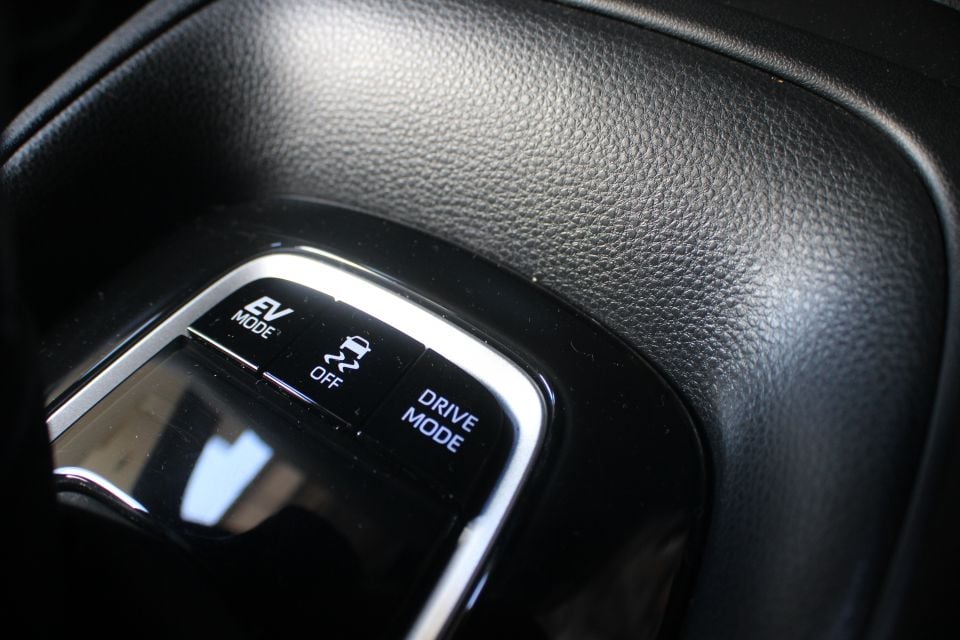
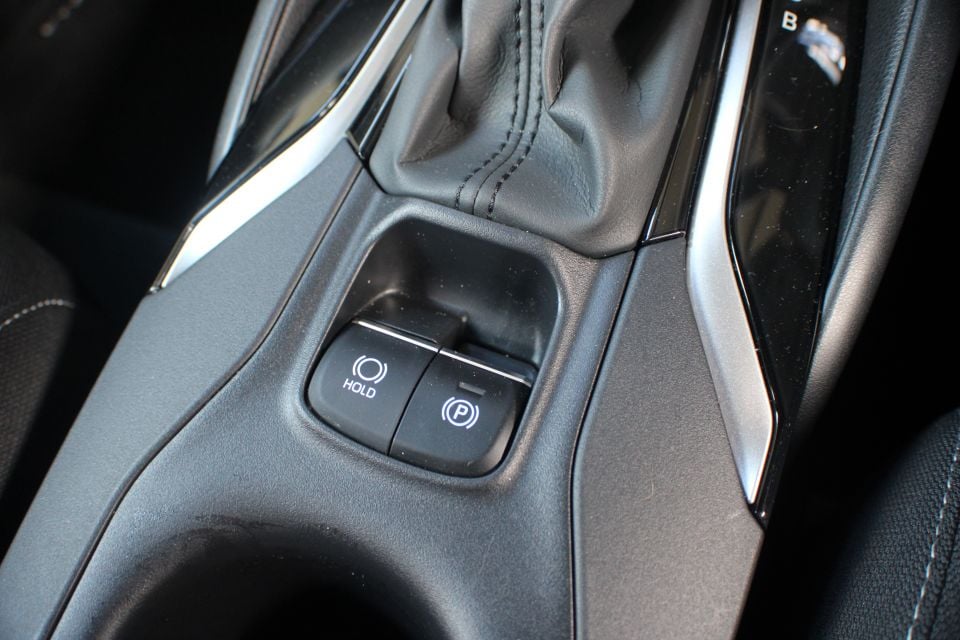

The cabin is nicely hushed at urban speeds, though there’s some persistent tyre noise and wind noise around the mirrors at highway speeds.
So far this year, more than half of all Corollas sold here have been hybrids. It’s not hard to see why.
Fuel economy is simply stellar. Toyota quotes 4.2L/100km on the ADR combined cycle, compared to 6.0L/100km in the regular petrol model with a CVT. In a mix of city and highway driving, we achieved 5.1L/100km and that wasn’t with a feather foot, either.
Not that you ever need to wring the guts out of the Corolla. It feels much sprightlier than its 90kW power figure and 1400kg kerb weight suggest.
If you do want to manhandle the Corolla, you’ll be pleased to find the new TNGA-C architecture underneath is a sweet base that fills us with giddy anticipation for the rumoured, upcoming GR Corolla.
While the SX Hybrid is more fun-to-drive than you’d expect, we doubt many Corolla owners are going to be throwing their cars down mountainside switchbacks. On these more challenging routes, the Corolla’s balanced chassis is undermined by 205/55 R16 tyres that pack up early. The e-CVT can also start to drone, sounding like a torque converter automatic that’s stuck one gear too low.
A twisty road isn’t the only way to have fun in a hybrid, though. Try and see how long you can keep the EV light on before the petrol motor kicks in and you’ll understand why hypermiling is a hobby some enjoy.
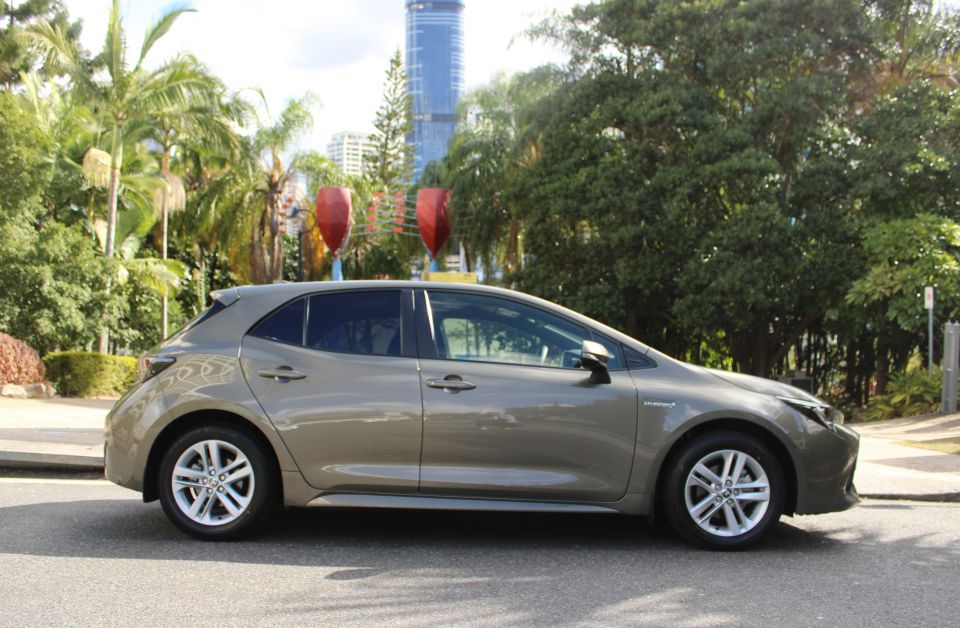

Where expert car reviews meet expert car buying – CarExpert gives you trusted advice, personalised service and real savings on your next new car.
I even switched the Corolla Hybrid to EV mode, though one moderate press of the accelerator pedal had a message appear in the gauge cluster saying I accelerated too heavily and EV mode was switched off.
There are also Power and Eco modes. The former gives the Corolla a bit more oomph – not that it really needs it – while the latter feels like the vehicular equivalent of putting ankle weights on for a run. You’re already getting 5.0L/100km in this car so Eco mode is just gilding the lily.
You might find it strange the shifter has a position labelled B, just under Drive. Though not immediately clear from that initial, the B mode simply means the Corolla applies moderate engine braking going down hills.
Toyota boasts the Corolla Hybrid’s standard lane-departure warning with steering assist, plus lane-tracing assist that’s used in conjunction with the cruise control.
Though the former is supposed to adjust the steering wheel if you do veer out of your lane, it was absolutely useless. I couldn’t feel any steering assist but I did hear the lane-departure warning alert’s incessant beeping once I crossed into another lane.
It’s rather peculiar that Toyota advertises two different lane-keeping systems rather than just one unified lane-keeping assist system that works well at all speeds.
For that matter, it was also strange that the one safety feature you would want to beep at you – the blind-spot alert – didn’t do so.
Safety alerts are always best when it’s clear what they’re alerting you to. Nevertheless, one alert was promptly turned off after five minutes of driving. Going even a couple of km/h over the speed limit had the Corolla saying curtly, “Please obey all traffic regulations.” Ok, Mum.
A word of advice: be careful entering and exiting driveways as the Corolla has a very low front bumper that’s prone to scrapes.
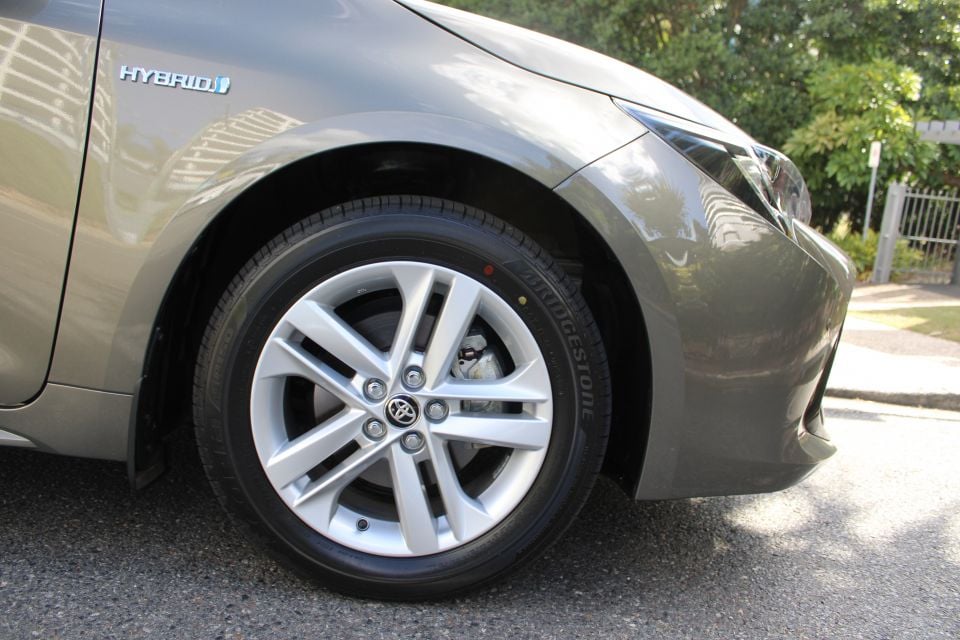

The Corolla has a five-year, unlimited-kilometre warranty and requires servicing every 12 months or 15,000km, whichever comes first. Toyota caps the first five services at just $180 each, cheaper than in the Mazda3, i30 and Cerato.
Toyota’s added a little bit of dynamic verve to its 12th-generation Corolla. It’s done that without compromising the Corolla’s driveability and refinement, and therefore the way the latest Corolla drives won’t scare off loyal Corolla customers.
What might give those buyers pause, however, is the rather tight rear seat room and the small boot.
There is the option of a sedan that helps make up for lost space, but its styling seems more designed for the conservative tastes of buyers in South-East Asian markets.

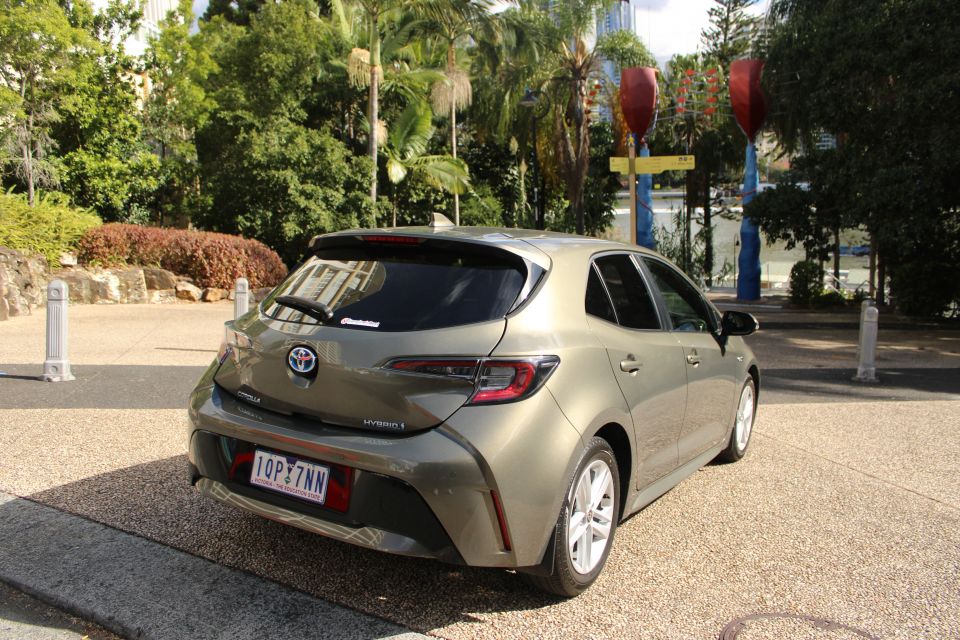
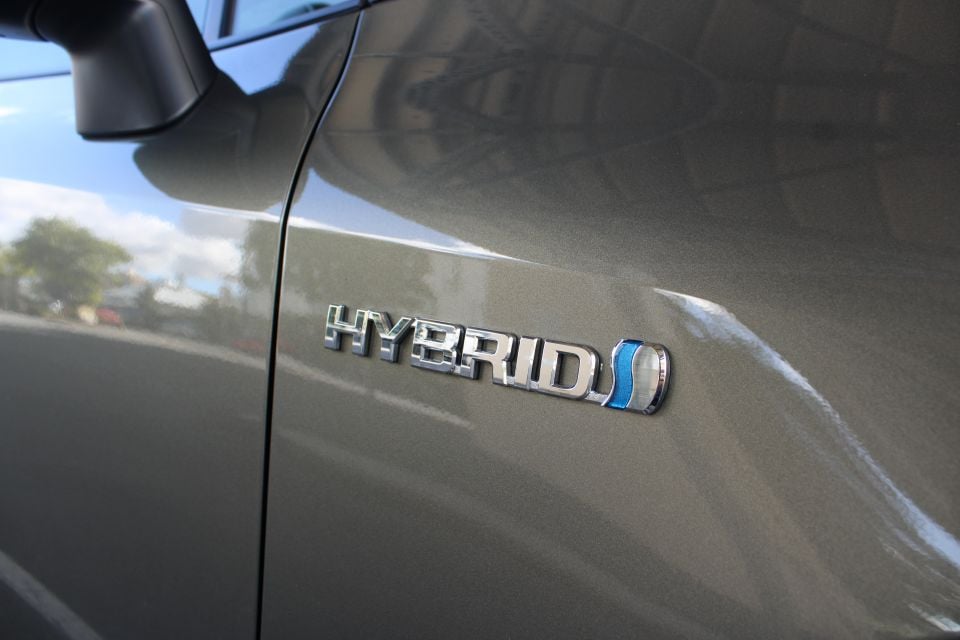

There’s a significant improvement in fuel economy for the hybrid’s $1500 premium and Toyota’s Hybrid Synergy Drive works seamlessly. Considering how many Prius and Camry Hybrid taxis are still on our roads with sky-high odometer readings, it’ll be reliable too. You also won’t find a hybrid powertrain in any other cars at this price point.
That it’s actually decent fun to drive, too, means the Toyota Corolla can now appeal to your heart as well as your head.
Where expert car reviews meet expert car buying – CarExpert gives you trusted advice, personalised service and real savings on your next new car.
William Stopford is an automotive journalist with a passion for mainstream cars, automotive history and overseas auto markets.


William Stopford
19 Hours Ago


Matt Campbell
1 Day Ago


William Stopford
2 Days Ago


CarExpert.com.au
5 Days Ago


Max Davies
6 Days Ago


Damion Smy
7 Days Ago